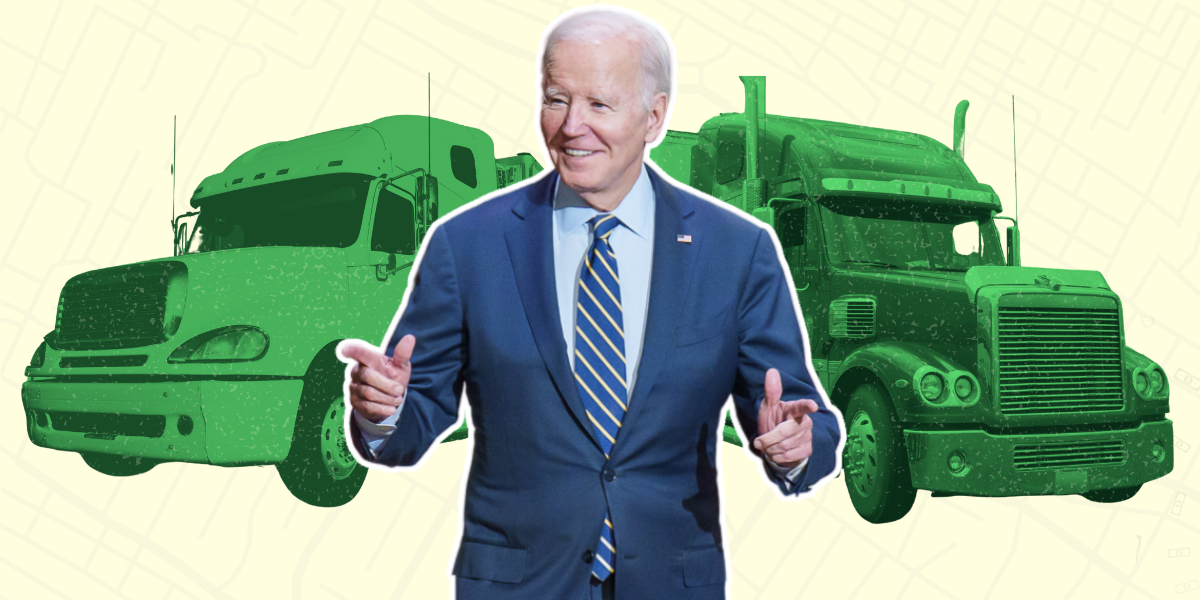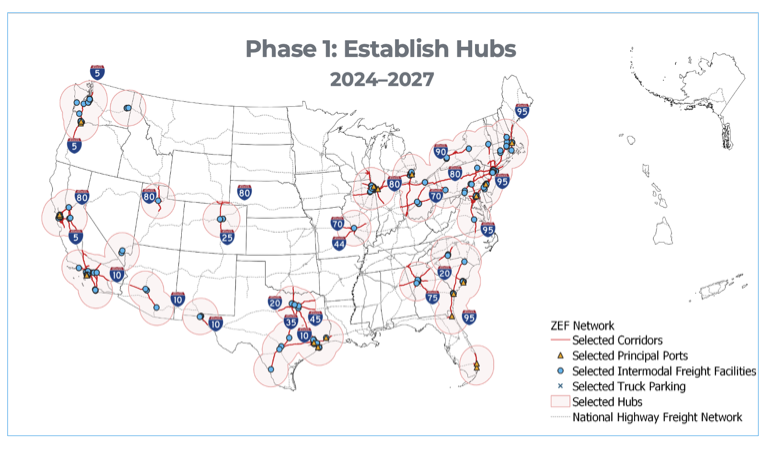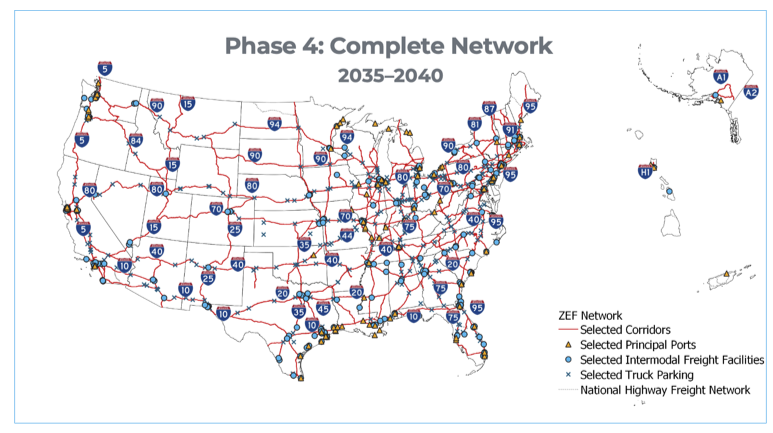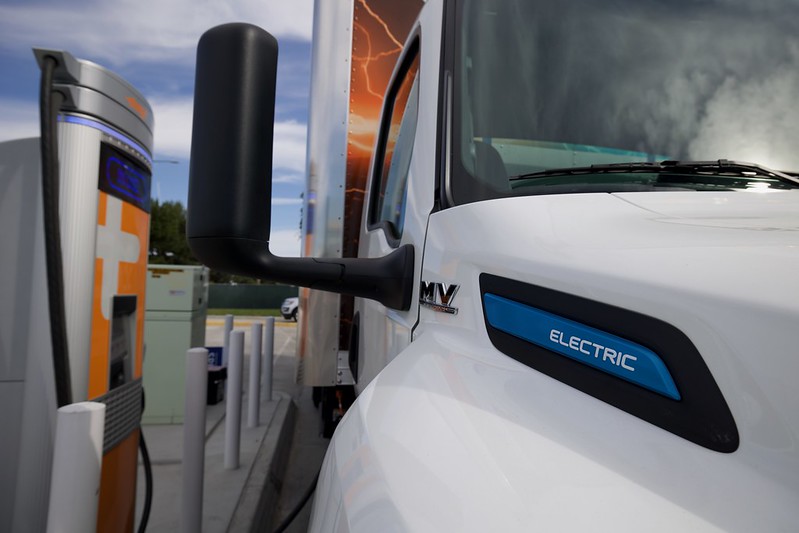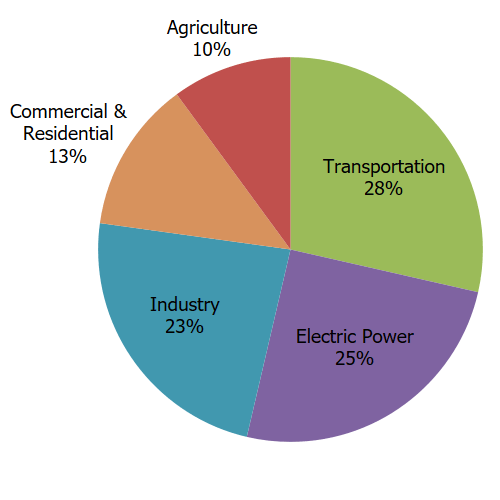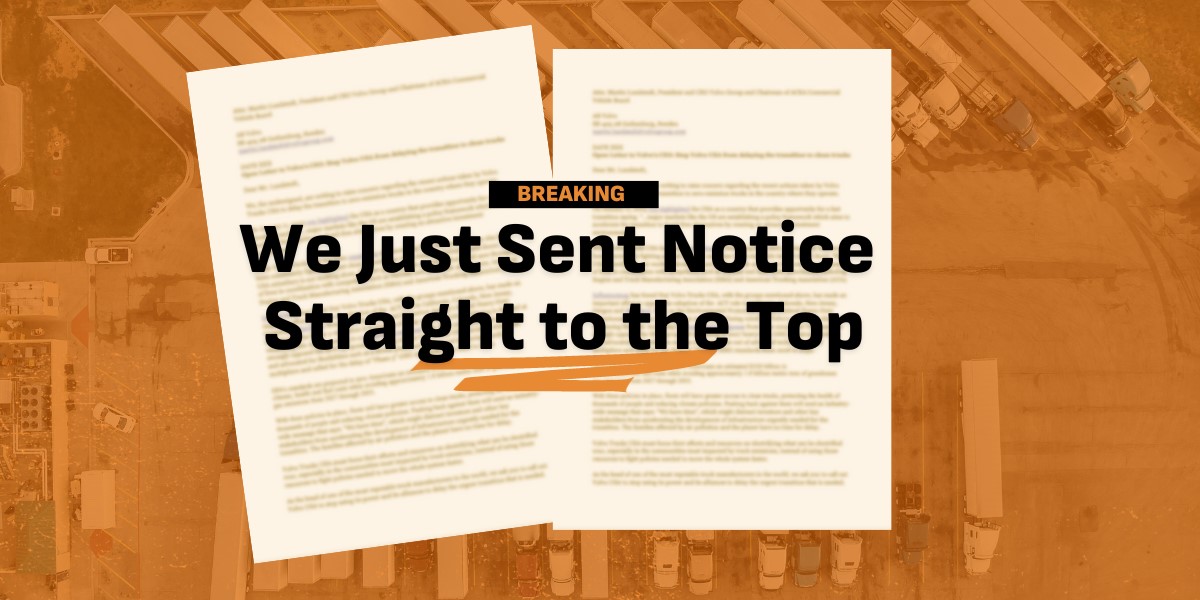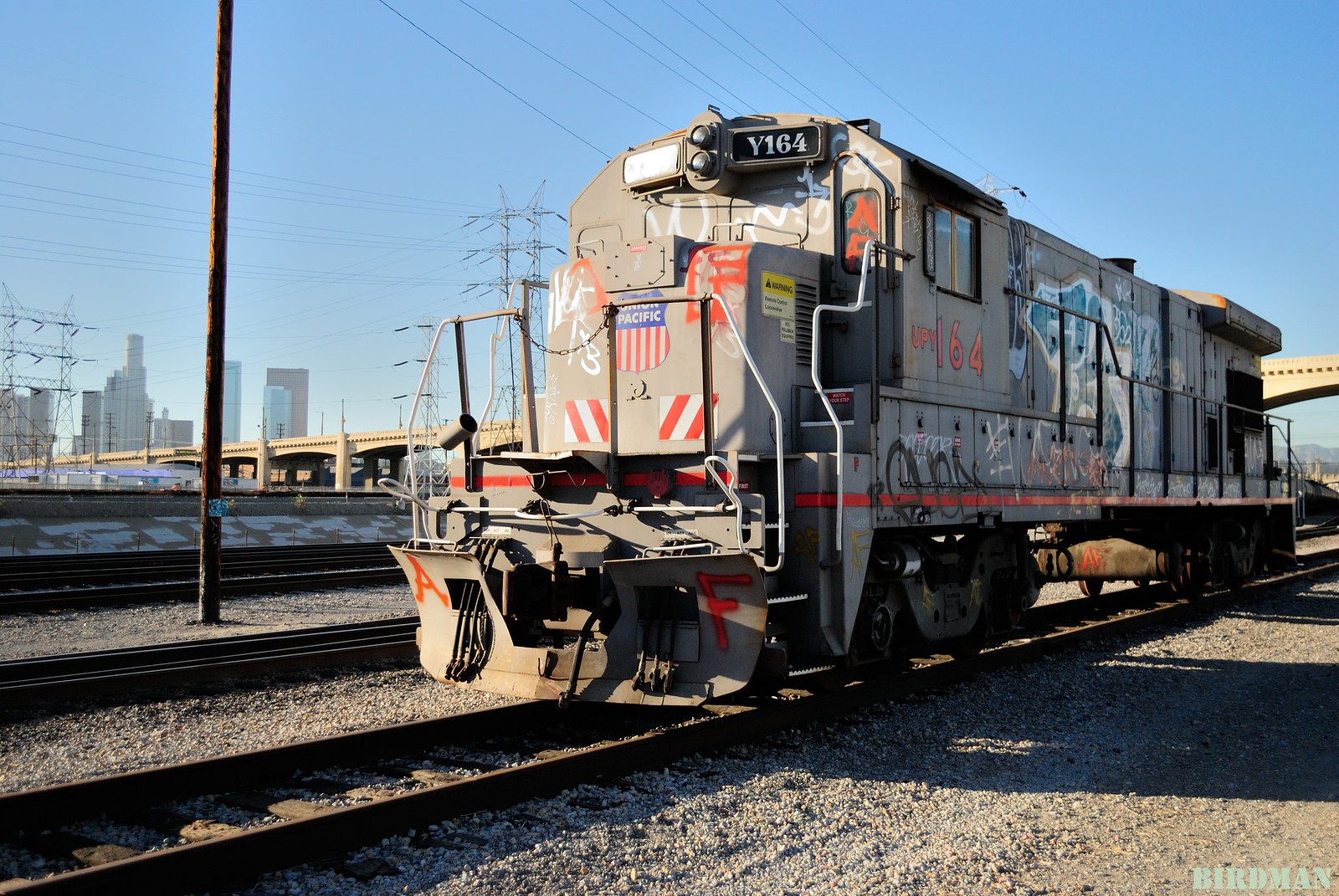Why Is This Plan a Win for Our Health, Climate, and Jobs?
Public Health
Diesel engines, which heavy-duty vehicles like semi-trucks and locomotives often run on, create a specific, especially nefarious category of pollutants called diesel particulate matter (PM). Composed of practically unpronounceable chemicals and compounds, diesel PM can penetrate deep into the lungs and bloodstream, causing a cascade of medical maladies from birth defects to heart and lung disease to premature death. And the truth is that other combustion fuels used in some trucks, including natural gas and hydrogen, are dirty, too. Without zero-emission trucks, millions of lives are at risk.
Look at the map of the port of Los Angeles—one of the port communities prioritized for freight electrification—and you’ll see the criss-crossed network of essential community infrastructure like schools and homes perfectly and tragically overlaps with high levels of pollution, PM, asthma, and poverty. This means communities with the least resources are facing the heaviest pollution burden. No one should have to live or work in such deadly conditions.
Estimates from the American Lung Association show that adopting policies to advance zero-emission trucks by 2040 would lead to tens of thousands of lives saved, 1.75 million fewer asthma attacks, and $735 billion in public health benefits by 2050 thanks to cleaner air. This newly introduced plan gets us there 10 years earlier, translating into even more lives protected and massive health benefits to the predominantly Black, Brown, and low-income communities living along these freight corridors.
Climate
Transportation is the leading source of greenhouse gas and air pollution in the U.S—and heavy-duty vehicles produce a disproportionate amount of that pollution. While large medium- and heavy-duty vehicles make up only 10 percent of the total vehicles on the road, they are responsible for the majority of hazardous air pollutants (like PM) and over a quarter of U.S. climate pollution.
To meet President Biden’s goal of cutting climate pollution economy-wide by 50-52 percent by 2030, we need to tackle pollution from the biggest source. The freight system is at the core of our economy, and electrifying it means keeping up with demand while cutting pollution that’s harming the health of our communities and our planet.
Business and Jobs
This announcement creates a virtuous cycle of investment. Tens of billions in federal investment will unlock tremendous private-sector spending into freight electrification and the jobs surrounding it.
The heavy-duty manufacturing industry is already experiencing an investment boom catalyzed by the IRA and IIJA. The new national freight strategy takes this a step further by coordinating and channeling these investments directly into states. Of the investments announced so far, states like Kentucky, Georgia, North Carolina, South Carolina, and Michigan each stand to benefit from more than $10 billion in investment and the creation of more than 110,000 new jobs each. Beyond this, an estimated $30 billion in investment has been committed to build out charging infrastructure nationwide.
These investments will create hundreds of thousands of jobs in the clean energy economy, helping communities design and literally build the healthy, sustainable future they deserve. And moving forward, Evergreen plans to work alongside labor leaders to help make sure those developing jobs are good-paying, career-track ones.
